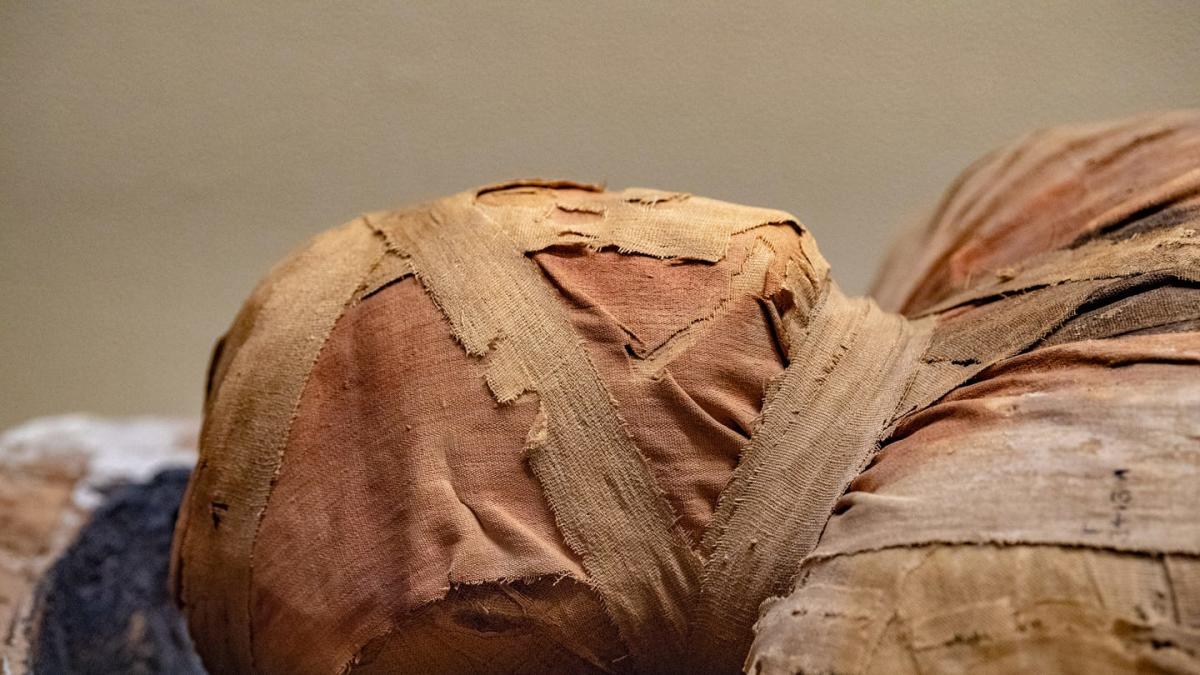
-
Experts working in the Tomb of Cerberus in Giugliano, an area in Naples, unsealed a 2,000-year-old sarcophagus.
-
Inside they found the remains of a shockingly well-preserved body lying face-up and covered in a shroud.
-
Ongoing analysis of the contents of the sarcophagus could yield new social, cultural, and scientific insight into ancient life.
After initially probing a 2,000-year-old sarcophagus in Naples with a micro camera, archaeologists were encouraged enough by what they saw to step inside this sealed tomb for the first time. But once they opened a passage inside the sarcophagus sealed shut for thousands of years, they were shocked by the condition of what they found.
The team of archaeologists, led by Simona Formola, investigating the Tomb of Cerberus in the northwest Naples city of Giugliano discovered a person laying face-up in what they considered an “excellent state of preservation,” according to a translated statement from the Superintendent of Archaeology, Fine Arts and Landscape for the Naples Metropolitan Area. The individual was covered by a shroud and surrounded by a litany of goods that included several ointment jars and body-cleaning tools often used in the burial process.
The team believes the particular care given to the deceased, coupled with the objects found near the body, suggest the person in the sarcophagus was the family member for whom the mausoleum was originally built.
“The Tomb of Cerberus continues to provide valuable information on the Phlegraean territory near Liternum,” Marian Nuzzo, a superintendent with the Italian Ministry of Culture, said in a statement, “expanding knowledge of the past, and offering opportunities for research of a multidisciplinary nature.”
The team now has a new treasure trove of information to mine. “In recent months,” Nuzzo said, “laboratory analyses conducted on samples taken from the burials and depositional beds have returned a considerable amount of data regarding the treatment of the body of the deceased and the funerary rituals implanted, considerably enriching the panorama of our knowledge.”
The team believes the shroud was likely mineralized due to the unique climatic conditions inside the burial chamber. Fabric analysis is ongoing, but the archaeologists hopes to determine the structure, type, and quality of the yarn used within the tomb. They hope that information will help glean additional social and cultural details.
As DNA analysis of the remains is ongoing, the team also continues to analyze the organic substances, including pollen, found within the sarcophagus. They’ve already learned that the body was likely treated with creams based on Chenopodium—also known as goosefoot—and absinthe, meant to improve preservation.
The ministry hopes continued sampling and analyzing of all the aspects found within the sarcophagus will yield additional details about the surrounding necropolis that can help tell a broader picture of the social and cultural makeup of Naples 2,000 years ago.
You Might Also Like
EMEA Tribune is not involved in this news article, it is taken from our partners and or from the News Agencies. Copyright and Credit go to the News Agencies, email news@emeatribune.com Follow our WhatsApp verified Channel




